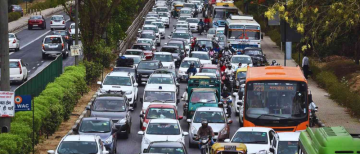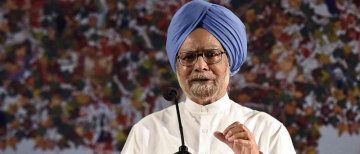"Languages are not barriers—they are bridges. But in India, we often use them to build walls."
In India’s most vibrant metropolises, language has always been more than a means of communication. It is identity, emotion, politics, and in recent times, a flashpoint of deep-seated socio-economic tension. Bengaluru, long hailed as the Silicon Valley of India and a melting pot of cultures, now finds itself teetering between cosmopolitanism and chauvinism. Kannada—the language of the land—is at the centre of it all.
What once was a symbol of pride and heritage is increasingly being used as a weapon—sometimes by the powerless, sometimes against them. From street-side altercations to state-wide outrage, the debate over Kannada has outgrown the alphabet and entered the arena of politics, employment, migration, and even national identity.
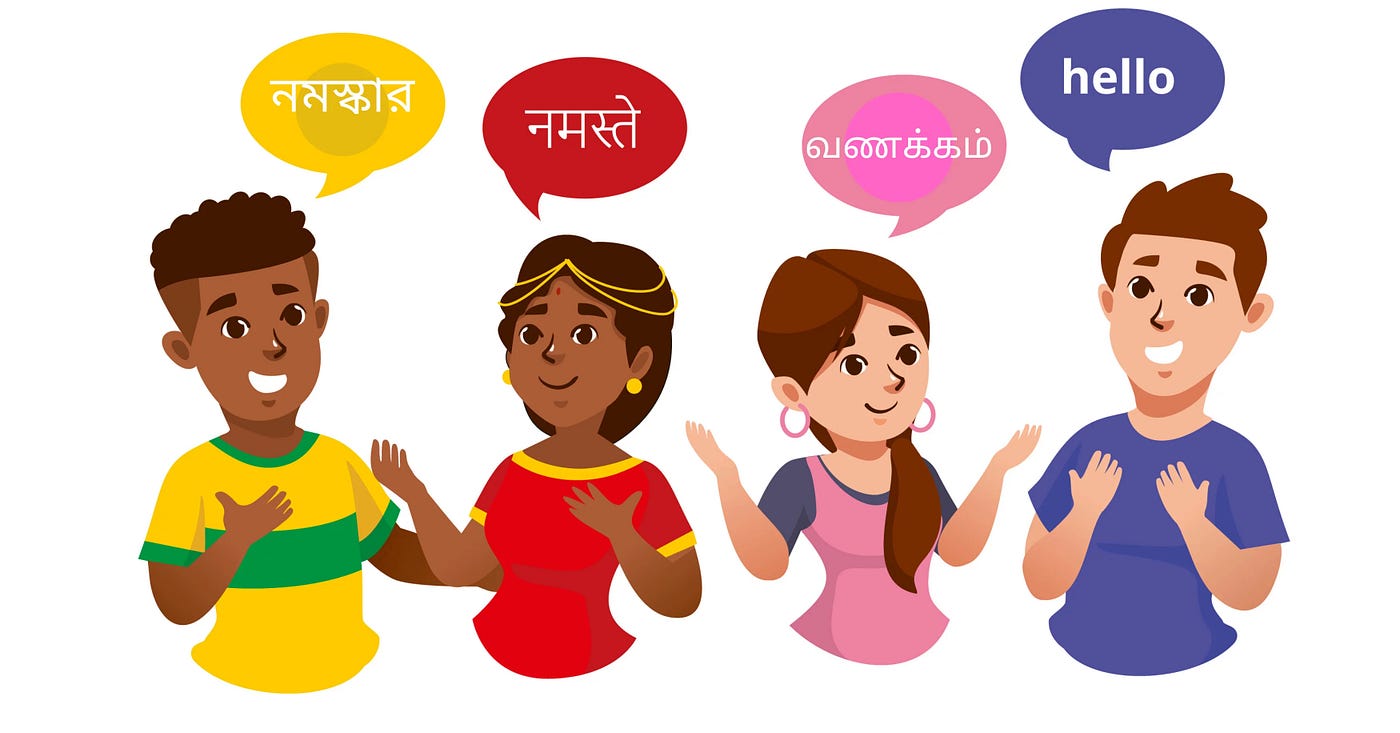
Kamal Haasan’s Comment: A Spark in a Tinderbox
The latest controversy igniting this powder keg involved actor Kamal Haasan, who while promoting his film "Thug Life", remarked at a Chennai event that Kannada was “born out of Tamil.” The comment triggered an avalanche of condemnation across Karnataka.
Chief Minister Siddaramaiah labeled it “ignorant,” ministers called for bans on Haasan’s films, and the Karnataka Rakshana Vedike (KRV)—a Kannada language pride group—protested outside Victory Cinema in Bengaluru, threatening theatre owners against screening the film. Haasan stood his ground, citing love and linguistic kinship. But in an environment already sensitised to the question of language, his words fell like fuel on fire.
What this episode reveals is not merely linguistic pride but a deeper anxiety festering across Karnataka—one that ties together job insecurity, cultural erosion, and a growing resentment towards “outsiders.”
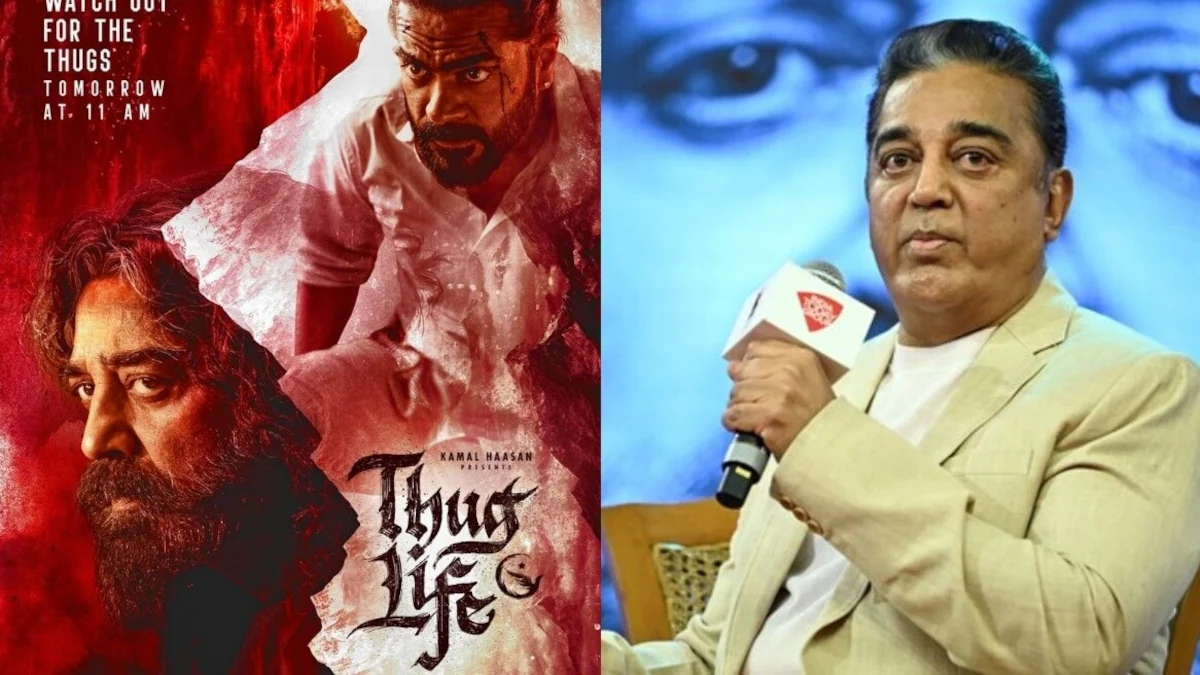
The Growing Chasm: Language as Identity vs. Inclusion
Bengaluru today is a study in contrasts. On one hand, it is India’s most global city—a hub for tech, startups, academia, and biotech. On the other hand, it is a city where tensions between Kannadigas and non-Kannadigas simmer just beneath the surface.
Many Kannadigas see Kannada not just as their mother tongue, but as a living emblem of Karnataka’s heritage. They view its preservation as essential in a city that, they fear, is becoming more alien by the day. For them, language is cultural currency, and the refusal of outsiders to learn Kannada feels like cultural erasure.
On the flip side, thousands of migrants—from Bihar, Uttar Pradesh, Bengal, and beyond—arrive in Bengaluru each year. Most come chasing jobs, not linguistic friction. And for many, learning Kannada is daunting and rarely essential in their professional environments. English, and to a lesser extent Hindi, suffice in tech parks and universities.
But this linguistic gap has led to friction in day-to-day life. Auto drivers and street vendors often speak only Kannada. Migrants relying solely on Hindi or English report daily struggles—from being mocked to being refused service.
Key Friction Points
-
Communication Barriers: Non-Kannadigas often face difficulties with local vendors, auto drivers, and government offices.
-
Perceived Entitlement: Kannadigas feel many migrants refuse to assimilate or learn the local language, expecting the locals to accommodate them.
-
Mockery and Mistreatment: Instances of non-Kannada speakers being publicly ridiculed or denied services are rising.
-
Institutional Pushback: Proposals to make Kannada compulsory in schools and workplaces have further polarised the city.
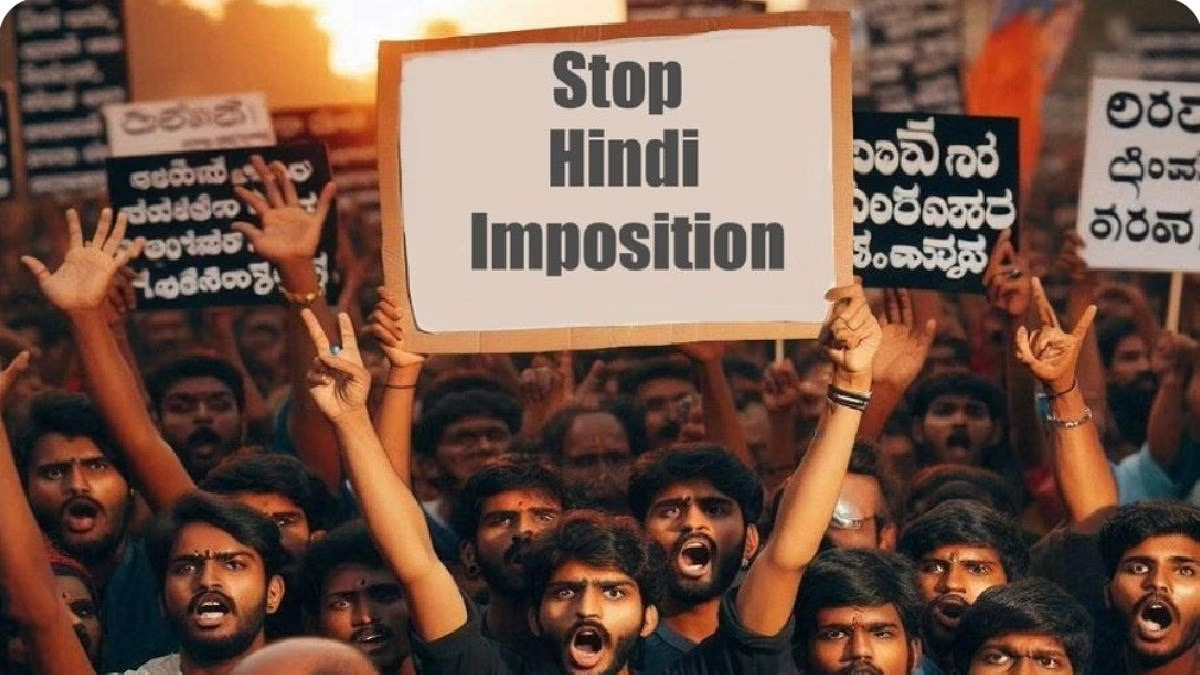
Echoes of Mumbai: When Language Becomes a Proxy for Power
What’s happening in Bengaluru eerily mirrors what Mumbai went through in 2008. Back then, Raj Thackeray’s Maharashtra Navnirman Sena (MNS) launched systematic attacks on North Indian taxi drivers, street vendors, and migrants under the garb of protecting “Marathi asmita” (Marathi pride).
Seventeen years later, similar acts are unfolding in Bengaluru. From a viral video showing a Marathi-speaking cabbie from Uttar Pradesh being beaten in Maharashtra to Zomato delivery workers in Bengaluru being refused payment for not knowing Kannada, the script is familiar, and the victims just as vulnerable.
In both cities, the informal economy’s most powerless—cab drivers, delivery agents, street vendors—are the first to bear the brunt. What starts as a cultural protection movement often morphs into street-level vigilantism.

Language Pride or Economic Anxiety?
It’s easy to label such actions as chauvinism, but beneath them lie genuine concerns. Locals fear being edged out of jobs, pushed to the margins in their own cities. Language becomes a stand-in for these anxieties.
But attacking a pizza delivery executive for not knowing Kannada or slapping a customer in an auto isn’t defending a language—it’s misdirected aggression. As Friedrich, a linguist writing in 1962, presciently observed: “The close juxtaposition of linguistic minorities does not necessarily produce fusion... caste groups living in diaspora have retained their mother tongue, endogamy, and religious practices for hundreds of years.”
And let’s be honest—learning a new language is always an asset. It doesn’t have to be about surrendering one’s identity. It can simply be about respect, understanding, and inclusion.
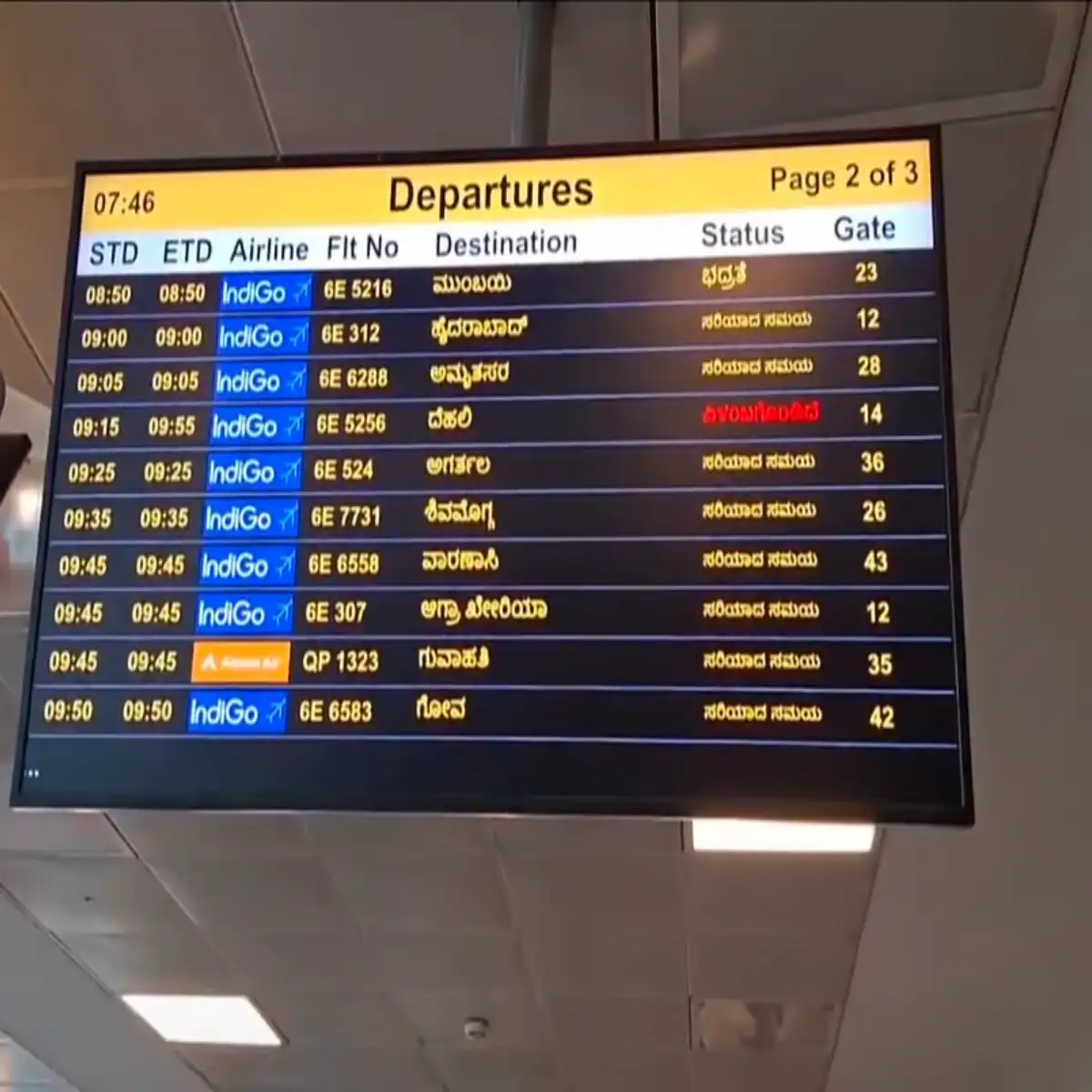
Why Locals Push for Kannada
For many Kannadigas, insisting on Kannada is about more than language:
-
Preserving identity: A way to hold onto cultural roots in a rapidly changing city.
-
Historical resistance: The state's legacy of linguistic self-determination in opposition to Hindi imposition.
-
Community integration: Locals believe speaking Kannada helps migrants connect with the city’s social and cultural life.
-
Practicality: Kannada remains essential for accessing local services, reading signs, or dealing with the state bureaucracy.

Where Do We Go From Here?
India’s linguistic landscape has always been messy, glorious, and plural. The answer to Bengaluru’s language debate doesn’t lie in choosing sides—it lies in fostering empathy and setting boundaries.
-
Yes, Kannada deserves protection and pride.
-
Yes, migrants should be encouraged—but not forced—to learn it.
-
No, it is not okay to attack or humiliate someone for not knowing the local tongue.
-
No, entitlement from outsiders who refuse to adapt cannot be excused either.
Ultimately, the question isn't about Kannada or Hindi, insiders or outsiders—it’s about what kind of city Bengaluru wants to be. As Ayushmann Khurrana’s character asks in Anek, “Sirf Indian kaise hote hain, sir? North Indian nahi, South Indian nahi… kaise hote hain sir, sirf Indian?”
It’s time we all asked ourselves the same.
Views expressed in the above piece are personal and solely those of the author. They do not necessarily reflect Vygr’s views.
With inputs from agencies
Image Source: Multiple agencies
© Copyright 2025. All Rights Reserved Powered by Vygr Media.





